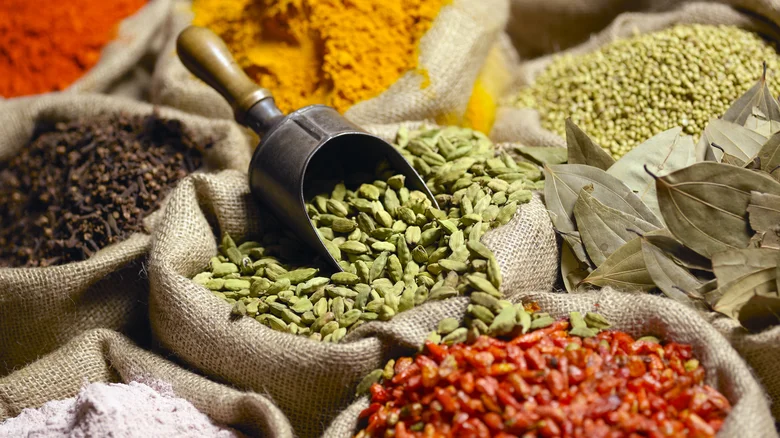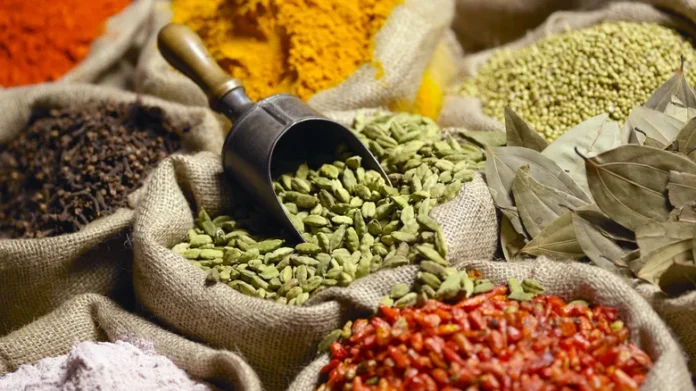The Origin of the Queen of Spices
Cardamom, known formally as the queen of spices, boasts a rich history that is as captivating as its flavor. This spice was highly sought after during the spice trade era, where it was traded alongside black pepper, the king of spices. Today, cardamom ranks as the third most expensive spice globally, reflecting its rarity and the integral role it plays in both culinary and medicinal practices.

Understanding Cardamom Varieties
Two primary varieties of cardamom exist: green cardamom (Elettaria) and black cardamom (Amomum). Green cardamom is smaller, fragrant, and primarily cultivated in South India, Sri Lanka, and Guatemala. In contrast, black cardamom, native to the sub-Himalayan regions, offers a bolder, smokier taste. The aromatic properties of green cardamom make it a staple in various dishes, ensuring its status as a favored ingredient in cuisines worldwide.
Incorporating Cardamom into Your Cuisine
Integrating cardamom into your cooking can elevate both savory and sweet dishes. Start your day by adding a sprinkle of cardamom to your coffee or tea, enhancing the aroma and uplifting the flavors. Use cardamom pods in rice dishes, stews, or curries. You can lightly toast the pods to release their aromatic oils before inclusion. Moreover, ground cardamom serves as a fantastic addition to baking, enriching desserts like cookies, cakes, and pastries. With a wide range of applications, cardamom truly embodies its title as the queen of spices, enriching our kitchens and palates globally.
